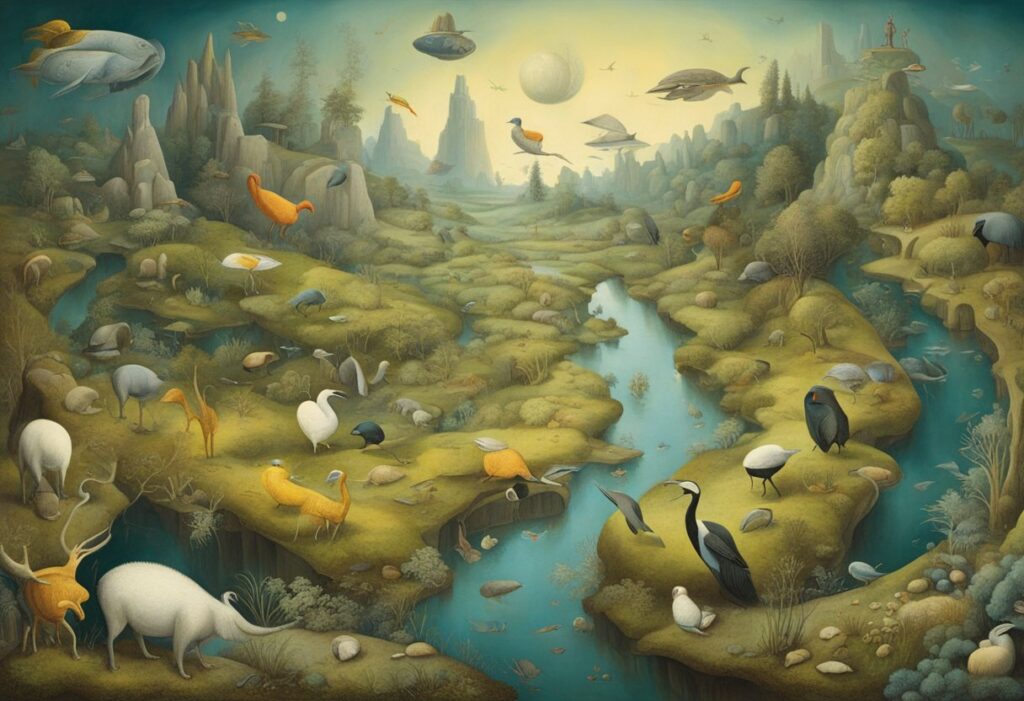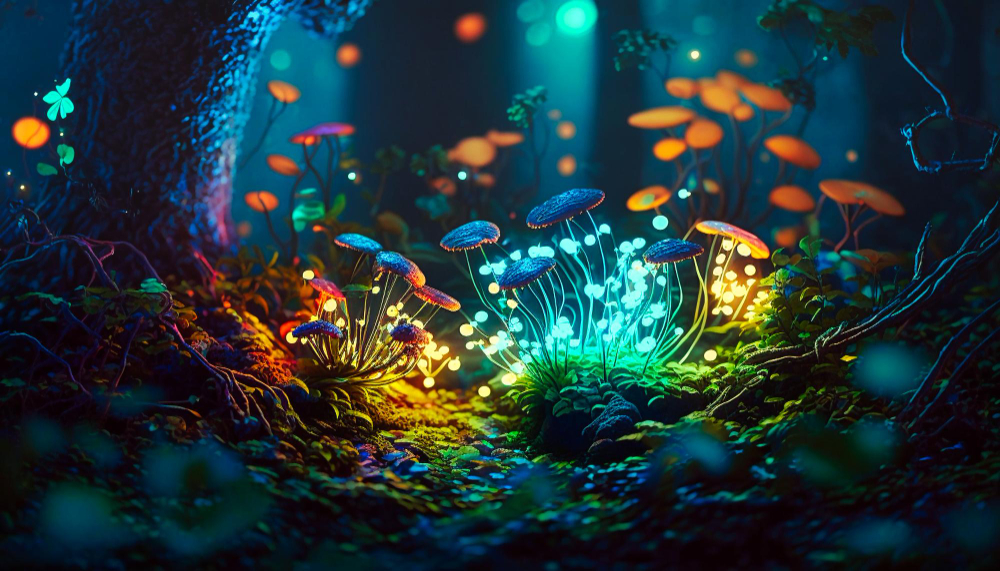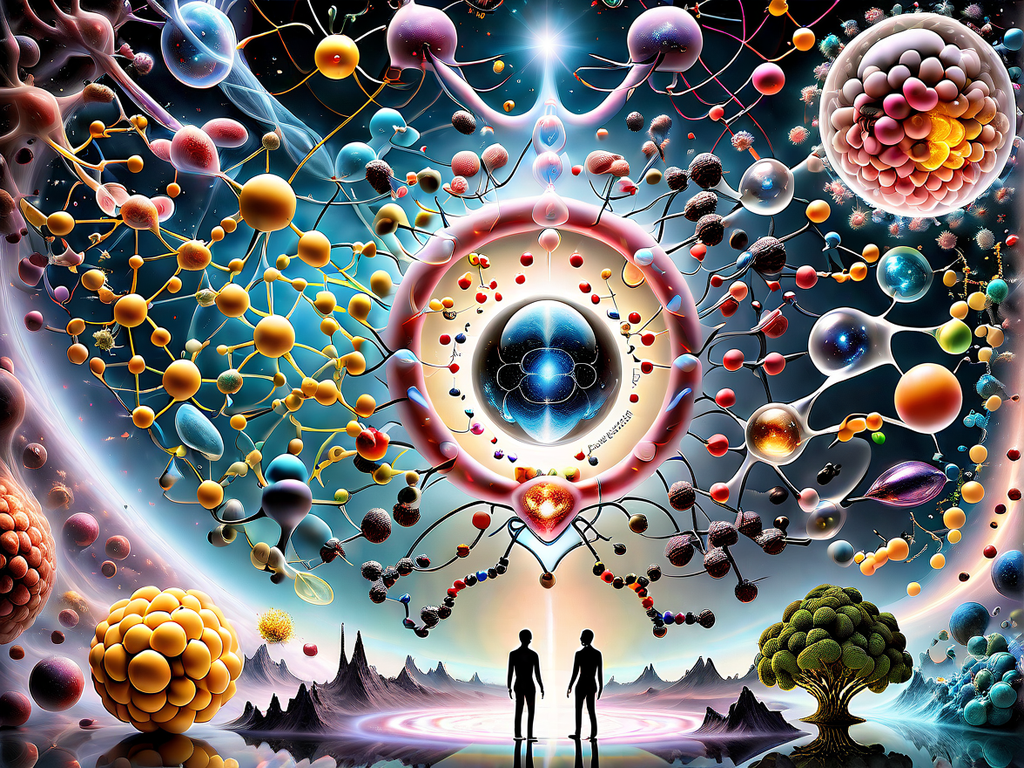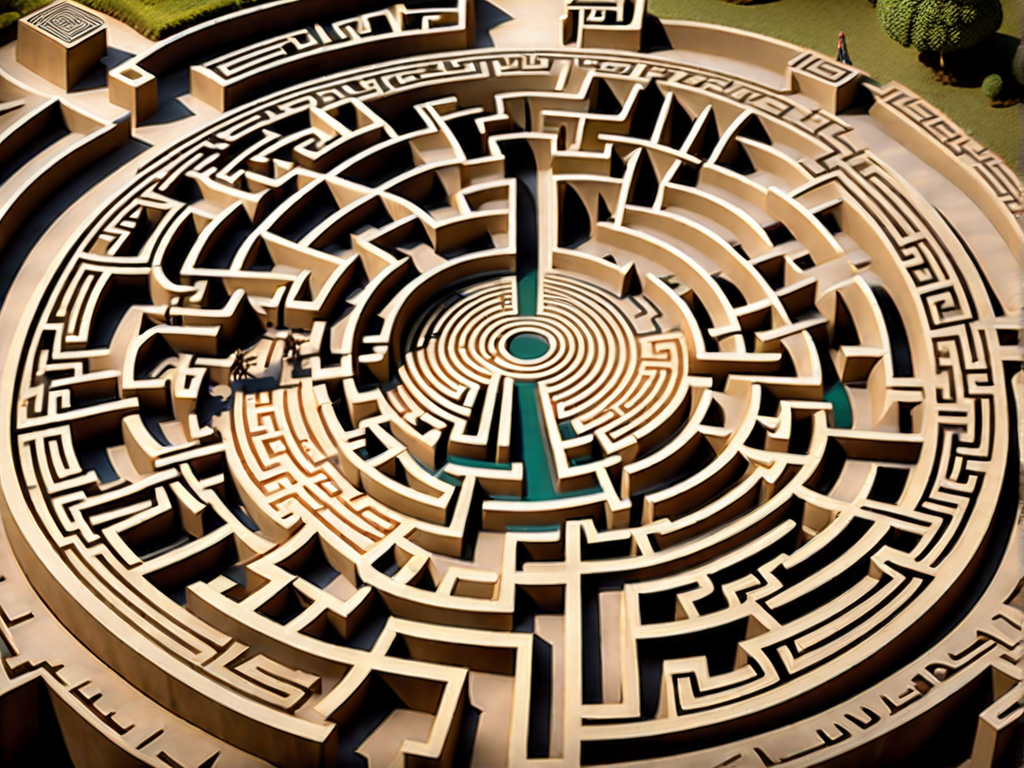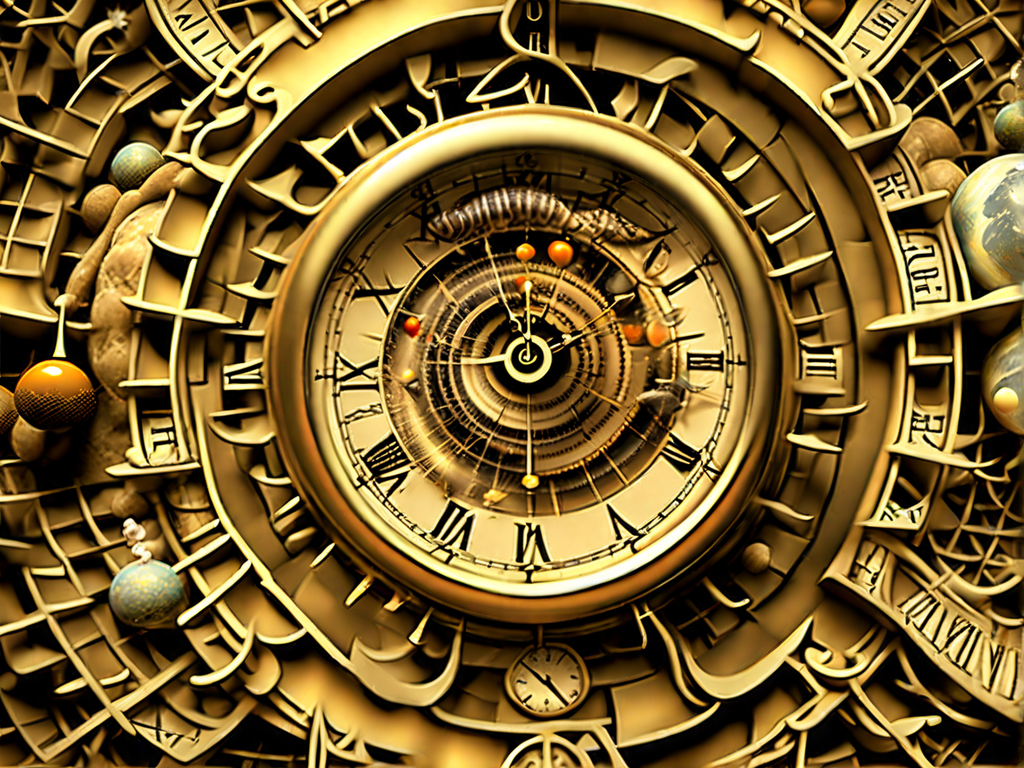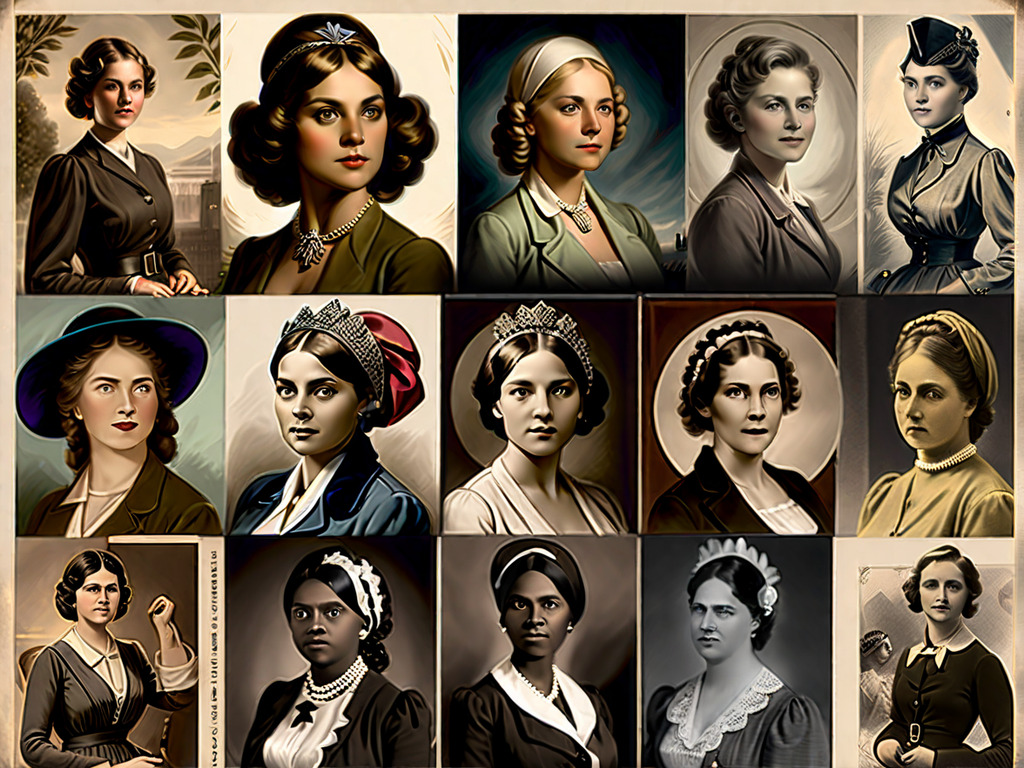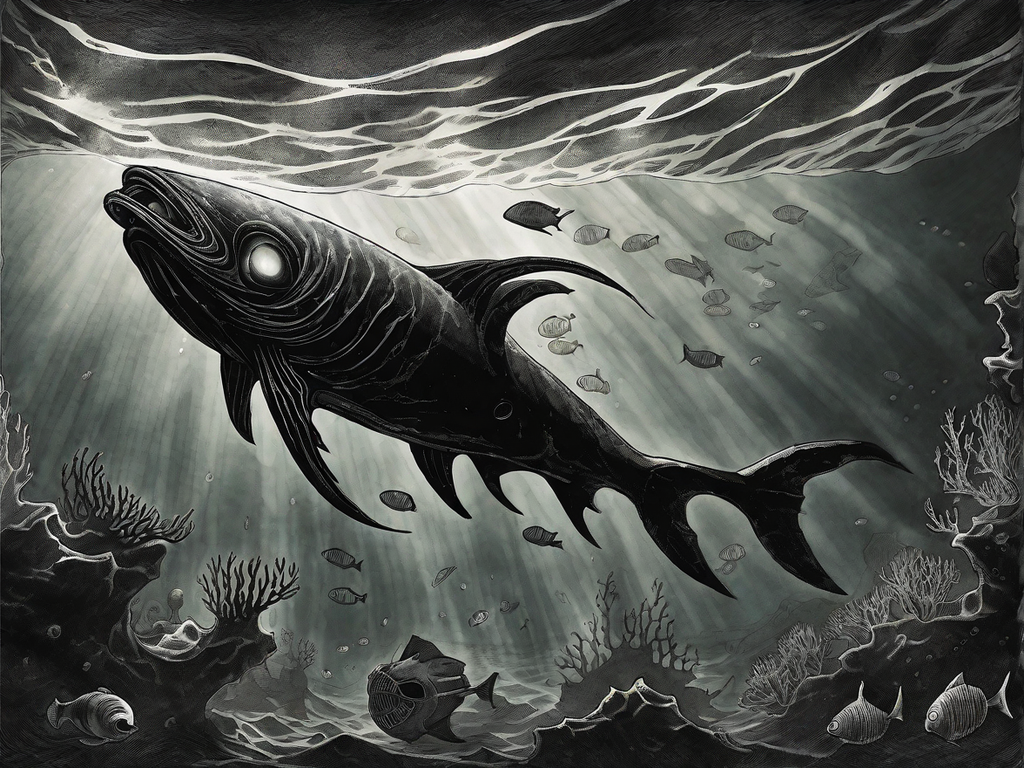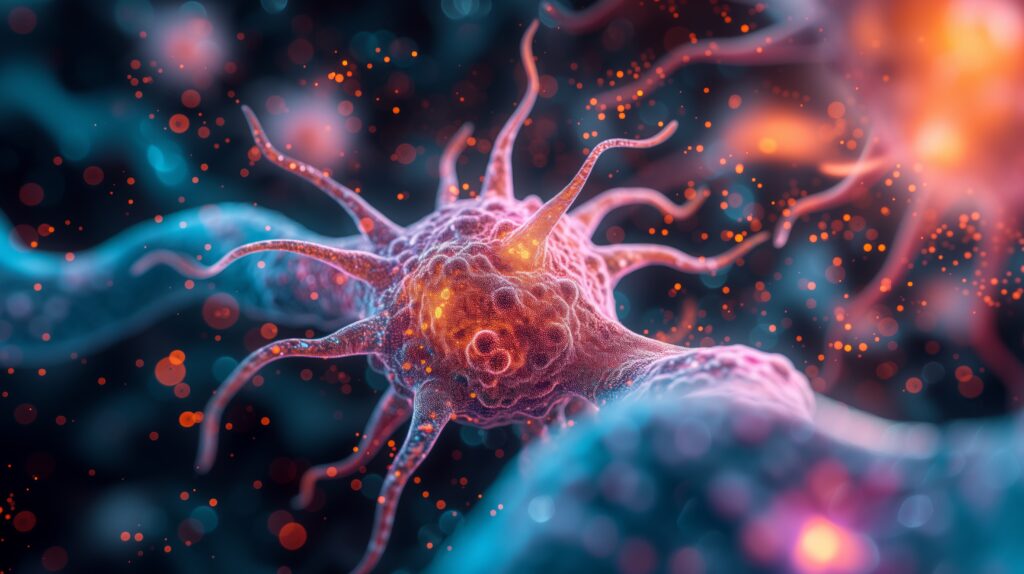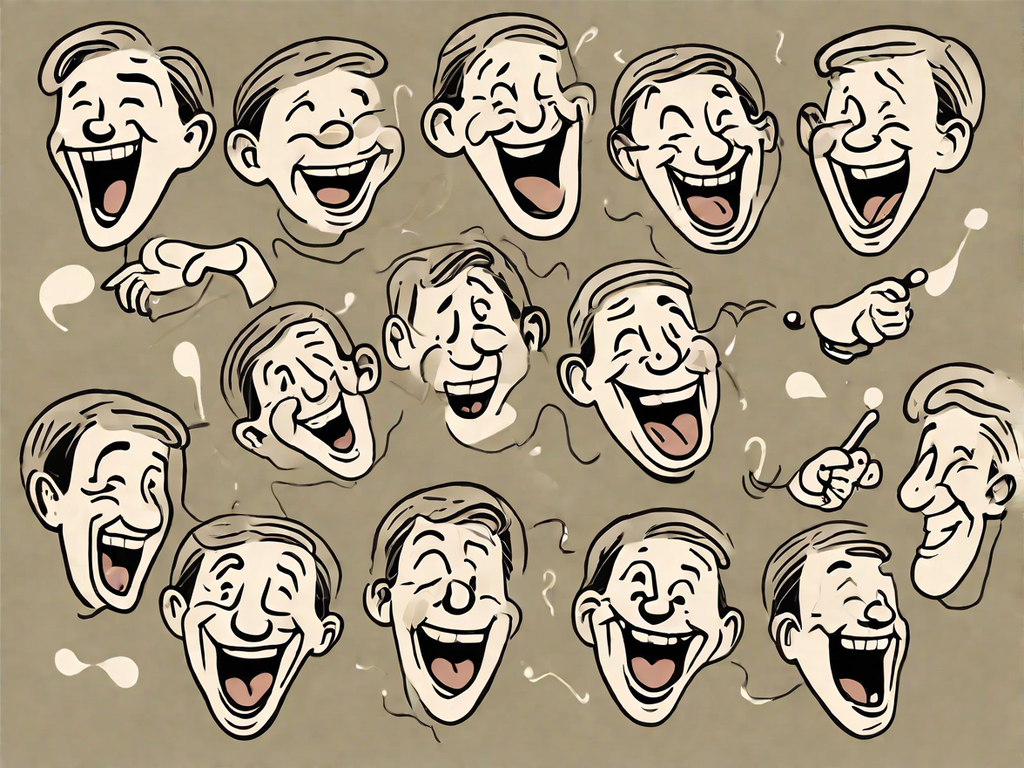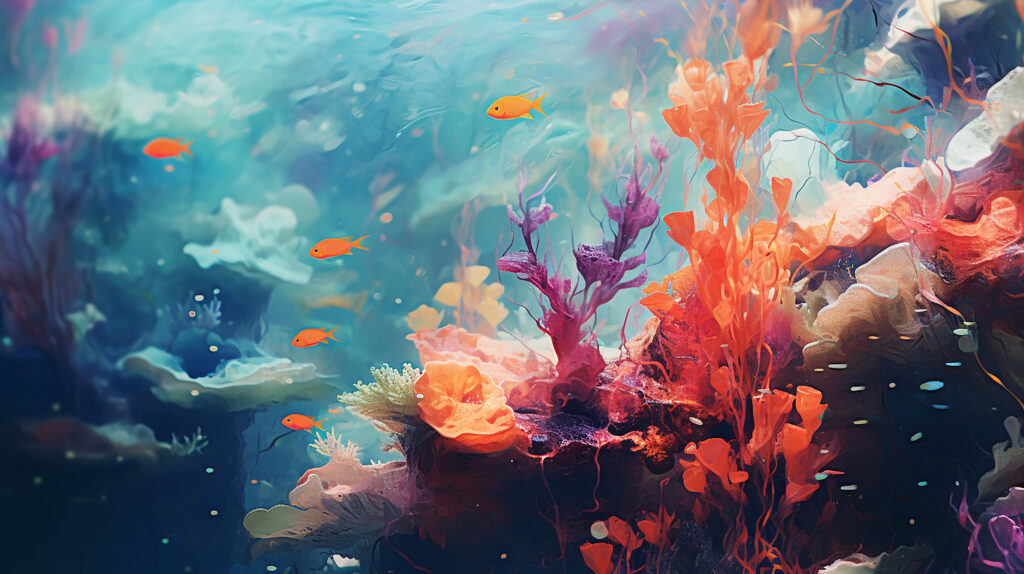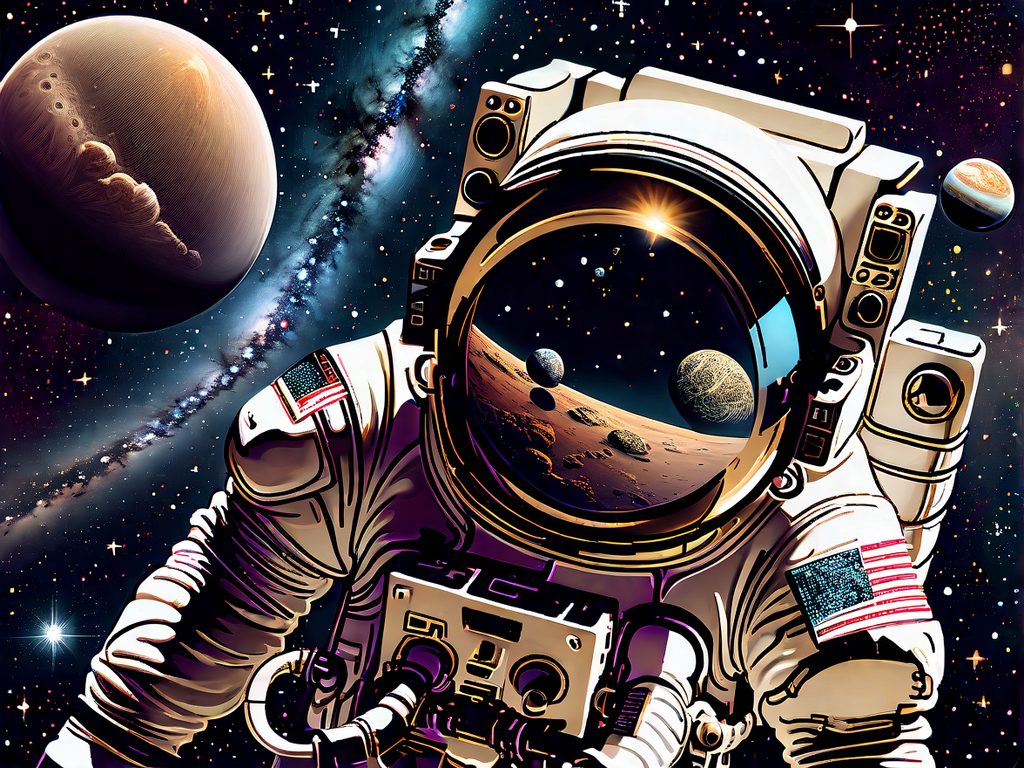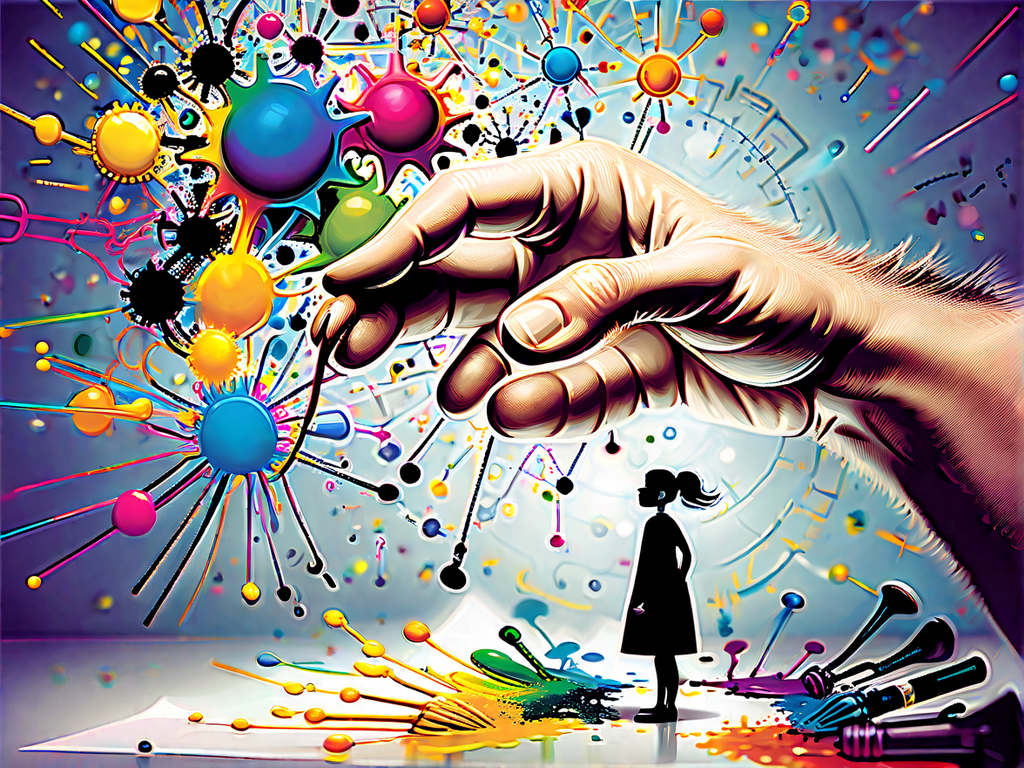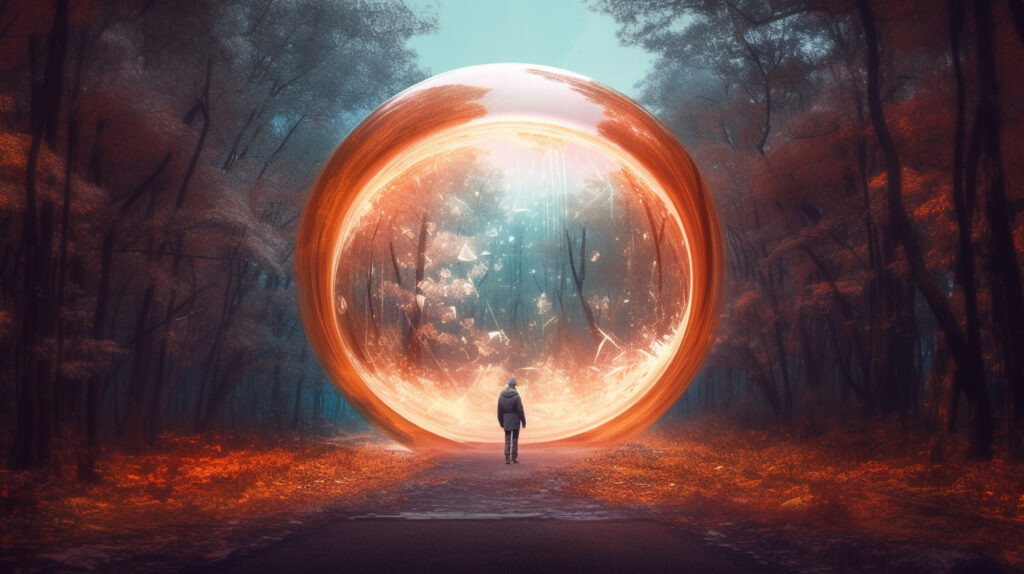Holography is a fascinating technology that has been used for decades to create 3D illusions. Holograms are created by using laser beams to record the interference patterns of light waves, which are then used to create a three-dimensional image. The result is a stunningly realistic image that appears to be floating in space.
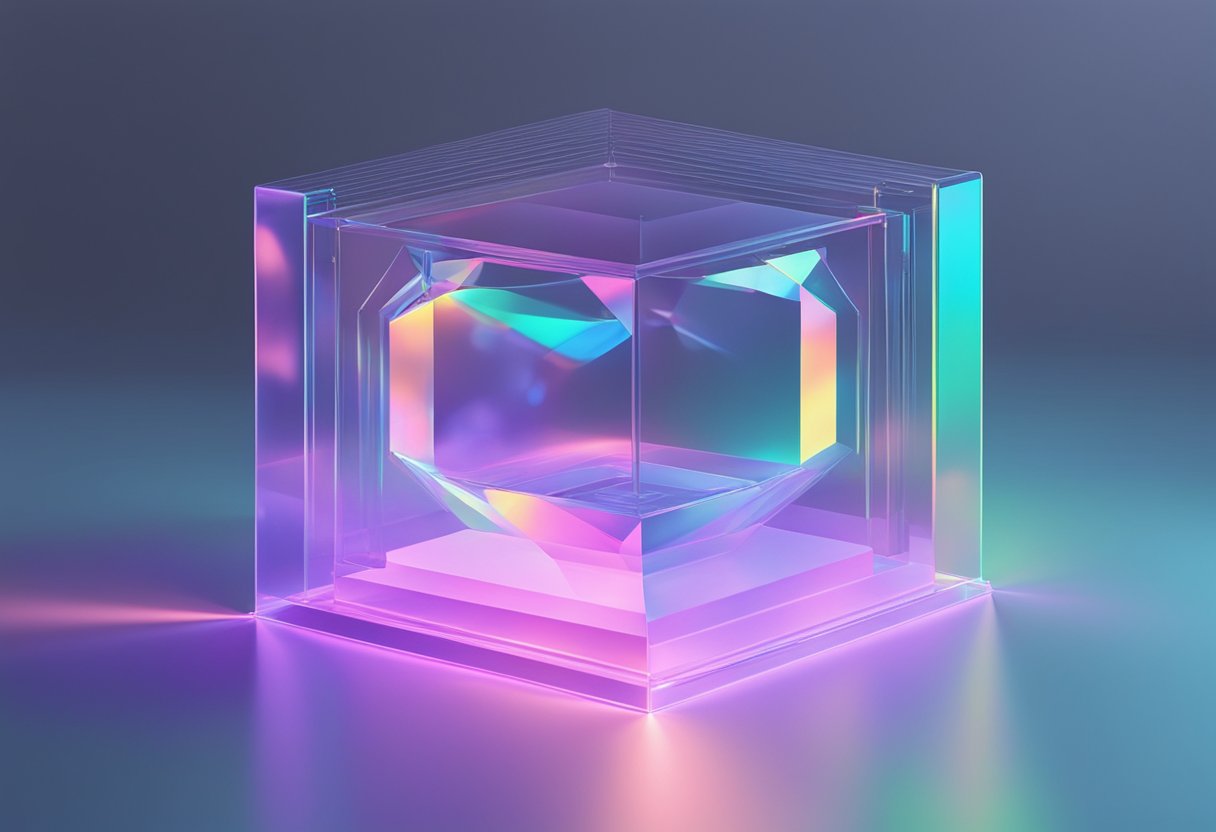
The science of holography has come a long way since its early days. Today, holograms are used in a wide range of applications, from security features on credit cards to virtual reality experiences. As technology continues to advance, the possibilities for holography are virtually endless.
With the rise of virtual reality and other immersive technologies, the demand for 3D holograms is only going to increase. As such, the science of holography is likely to play an increasingly important role in our lives in the years to come. Whether you’re interested in the technology behind holograms or simply enjoy the stunning visual effects they can create, the science of holography is a fascinating topic that is well worth exploring.
Fundamentals of Holography
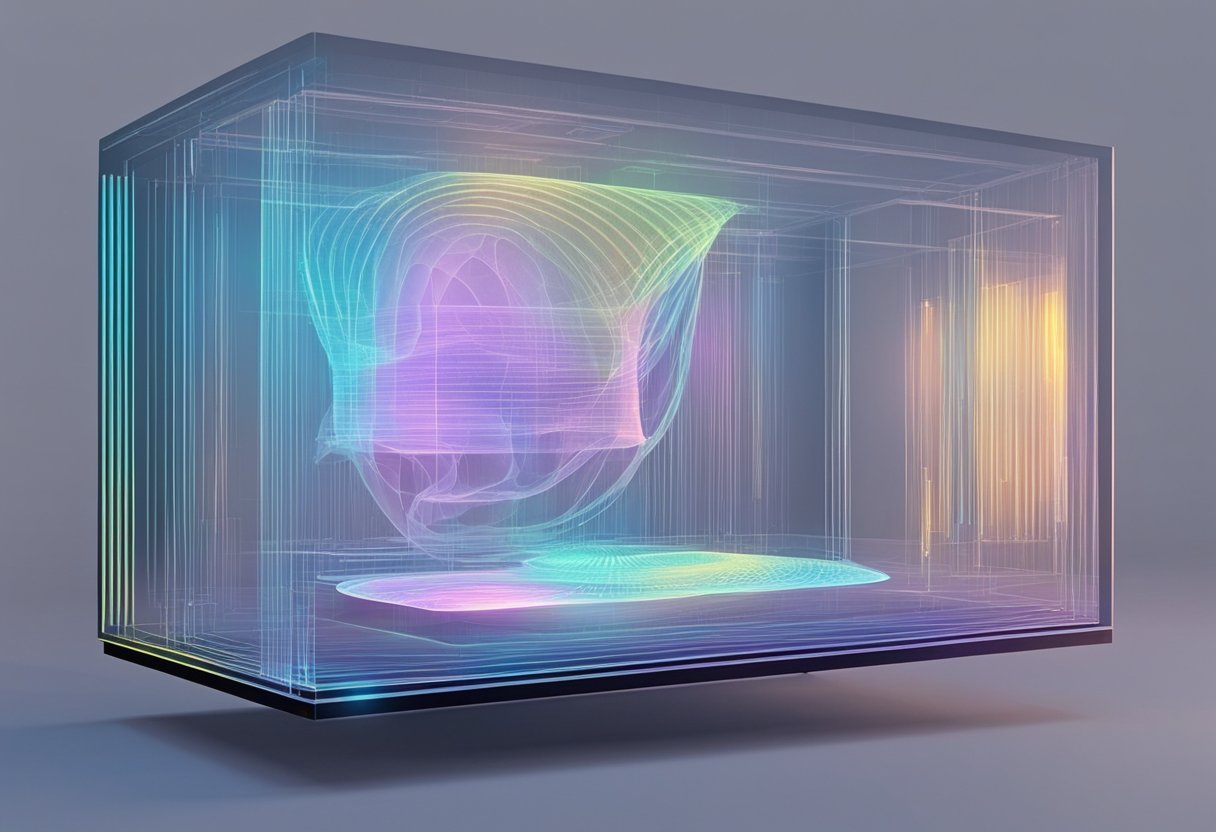
Holography is a technology that creates three-dimensional images using the principles of optics. It involves the use of laser light to create interference patterns that can be recorded on a photographic plate or a holographic film. The resulting hologram can then be illuminated with a laser to reconstruct the original object in three dimensions.
The Science Behind Holography
The science behind holography is based on the principles of wave interference and superposition. When two or more waves of light meet, they interfere with each other, creating areas of constructive and destructive interference. In holography, a reference beam of light is combined with a beam of light that has interacted with the object being recorded. The resulting interference pattern is then recorded on a photographic plate or holographic film.
Creating 3D Illusions
Holography creates 3D illusions by reconstructing the original object using the interference pattern recorded on the hologram. When the hologram is illuminated with a laser, the interference pattern diffracts the light, creating a virtual image of the original object that appears to be floating in mid-air.
Holography Tools and Techniques
Holography requires specialized equipment and techniques to create high-quality holograms. This includes the use of lasers, spatial light modulators, and holographic film. Computer-generated holography is also becoming more common, using algorithms to create holograms from digital data.
Challenges in Holography
Holography faces several challenges, including crosstalk, occlusion, and low axial resolution. Crosstalk occurs when light from one part of the hologram interferes with light from another part, creating unwanted interference patterns. Occlusion occurs when parts of the object being recorded block the reference beam, creating incomplete holograms. Low axial resolution limits the depth resolution of holograms, making it difficult to create detailed images of objects with complex shapes.
New Developments in Holography
New developments in holography include high-resolution holographic displays, real-time hologram generation, and holography-based optical encryption. These advances are made possible by new algorithms, high-speed hardware, and improved optics.
Holography in Different Fields
Holography has applications in a wide range of fields, including medical imaging, biological imaging, and human-computer interactions. It is also used in volumetric displays, interactive educational tools, and graphics.
Notable Contributions to Holography
Notable contributions to holography include the development of the spatial light modulator (SLM), which allows for high-resolution images and photorealistic holograms. Computer-generated holography has also made significant advances, using deep learning and convolutional neural networks to create realistic representations of objects.
Future of Holography
The future of holography is likely to involve advances in hardware, optics, and algorithms. New techniques such as tensor holography and three-dimensional scattering-assisted dynamic holography (3D-SDH) are also being developed to create ultrahigh-density 3D reconstructions. Holography is expected to continue to have applications in fields such as virtual reality, medical data visualization, and computer-generated holograms.
Conclusion
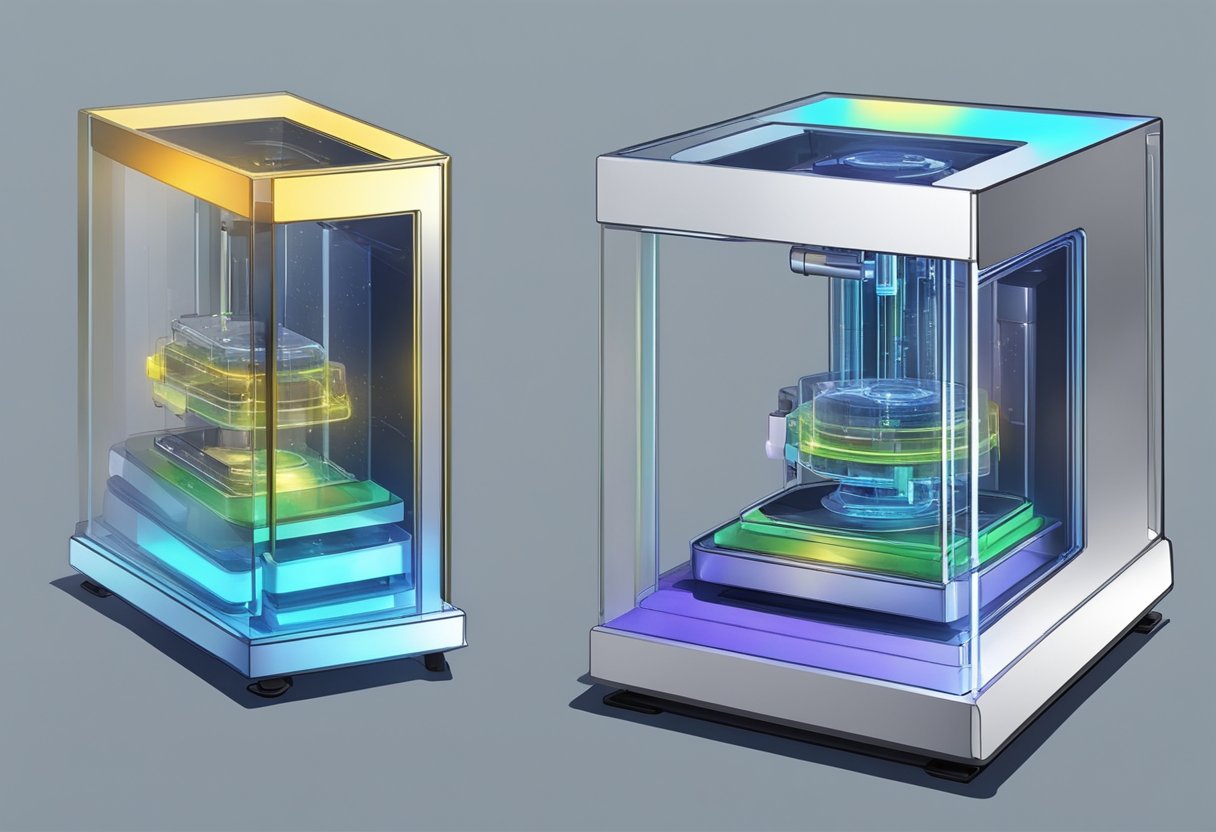
In conclusion, the science of holography has come a long way since its inception. Holograms have become increasingly popular in recent years and are now used in a variety of applications, from entertainment to security. The technology behind holography has also improved, allowing for more realistic and detailed 3D holograms to be created.
Virtual reality is another area where holography is making an impact. The ability to create realistic 3D holograms has the potential to revolutionize the way we experience virtual reality. With the advancement of technology, we may soon be able to interact with holographic objects in real-time, making virtual reality experiences even more immersive.
While holography is still a relatively new technology, it has already made significant strides in the entertainment industry. Concerts and live events have incorporated holograms into their performances, allowing for deceased musicians and performers to be resurrected on stage.
Overall, holography has the potential to transform the way we see and experience the world around us. As technology continues to improve, we can expect to see even more impressive holographic displays and applications in the future.





